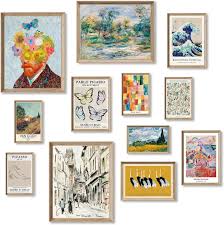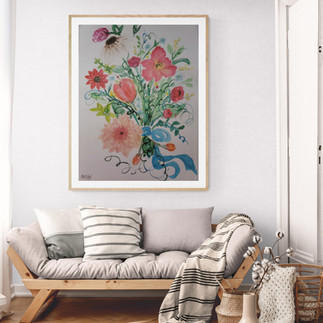
Valentine’s Day is often about celebrating love—love for partners, friends, and family. But what about the love that fuels our souls, the kind that keeps our hearts light and our spirits full? For me, that love is creativity.
Art is more than just colors on paper or brushstrokes on canvas. It is a language of emotion, a bridge between thoughts and expression. When I paint, I feel a sense of peace wash over me, as if each brushstroke carries away the weight of the world. It’s in those quiet moments—when the water flows freely, blending colors in unexpected ways—that I am reminded of why I create.
The Joy of Making Something Beautiful
There’s an undeniable joy in creating something with your own hands. Whether it’s a simple watercolor wash or a detailed floral painting, the process itself is an act of love. It’s a space where perfection isn’t required—just presence. Painting has taught me to embrace imperfections, to let go, and to trust the flow. And in that trust, I find joy.
Art as Connection
Have you ever given someone a handmade card or a painting and watched their face light up? There’s something deeply personal about gifting a piece of art. It carries more than just an image; it carries time, thought, and a little piece of the artist’s heart. That’s the magic of creativity—it connects us in ways words sometimes cannot.
My workshops often remind me of this connection. Seeing someone pick up a brush for the first time, hesitant but excited, and then watching their confidence grow as they create something uniquely theirs—that is love in its purest form. It’s a reminder that art isn’t just for the artist; it’s a shared experience, a way to bring people together.
Creativity as Self-Love
In a world that constantly asks us to do more and move faster, art is a way to slow down. It’s a form of self-care, a chance to be present in the moment. Whether you’re painting, doodling, or simply appreciating art, it’s a way to nourish your soul.
This Valentine’s Day, I invite you to celebrate love in all its forms. Love for others, love for creativity, and love for the simple joy of making something beautiful. Whether through painting, writing, or any creative pursuit, let yourself feel the joy, the connection, and the peace that creativity brings.
And if you’ve never painted before, maybe this is the perfect time to start. ❤️
Happy Valentine’s, from my creative heart to yours!






































